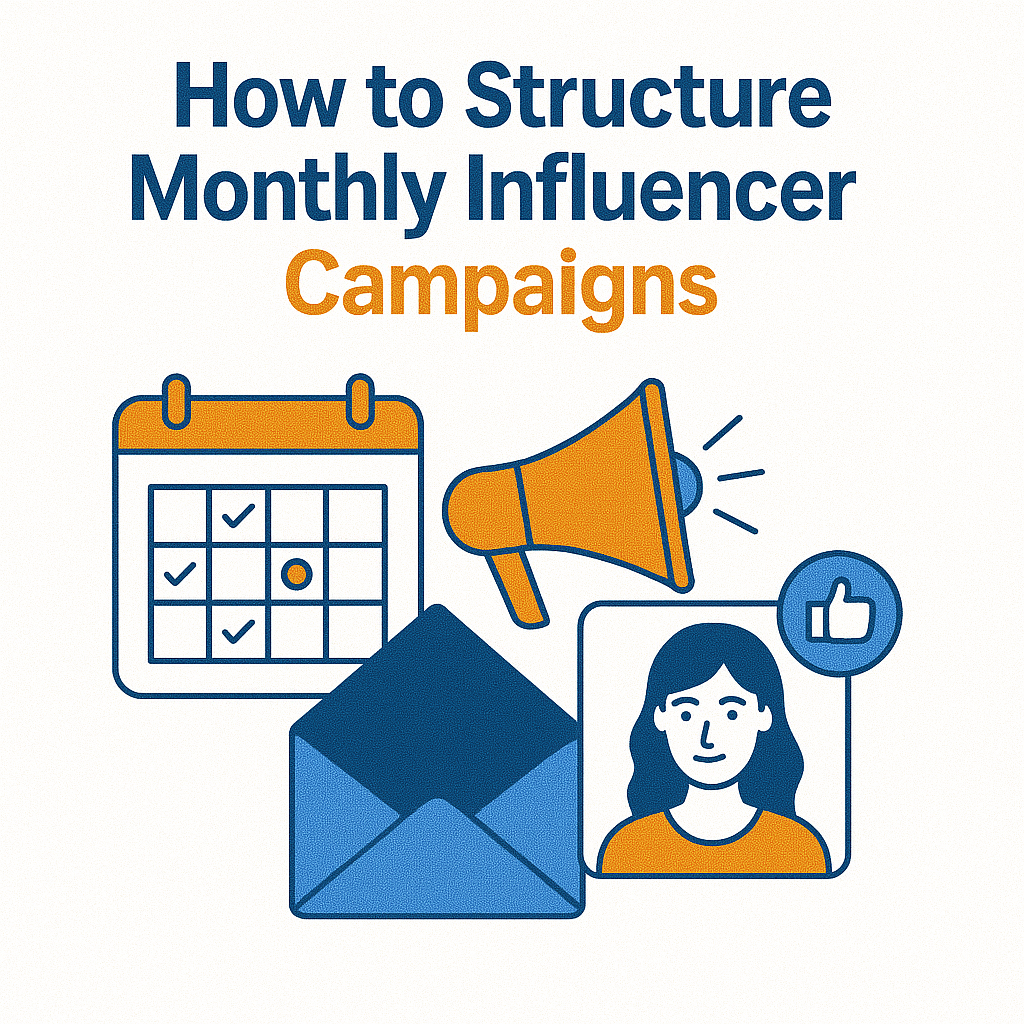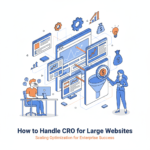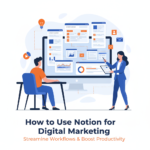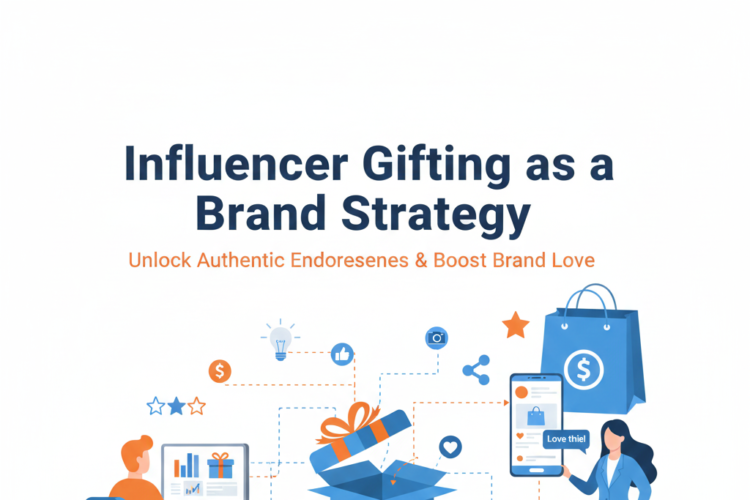
How to Structure Monthly Influencer Campaigns
(Plan, Execute, and Optimize Repeatable Campaigns)
📌 Why Monthly Influencer Campaigns Work
One-off influencer posts may offer a visibility boost—but monthly campaigns deliver consistency, trust, and ROI. A recurring structure allows you to:
Build deeper relationships with creators
Analyze performance over time
Maintain a steady brand presence
Improve campaign efficiency
🗓️ Month-by-Month Influencer Campaign Framework
A monthly influencer campaign should move like a marketing sprint—with planning, activation, and analysis. Below is a proven structure:
✅ Week 1: Planning & Strategy
1. Set Goals
Decide the KPI focus:
Brand awareness (reach, impressions)
Engagement (likes, comments, shares)
Conversions (sales, sign-ups, traffic)
UGC creation (repurpose rights for ads)
2. Define the Campaign Theme
Keep it fresh each month:
Seasonal: “Summer Skincare Glow”
Product-led: “Launch of Our Eco Bag”
Mission-driven: “Sustainability in Style”
Event-based: “Back-to-School Essentials”
3. Select Influencers
Use tools like Upfluence, Modash, or manual methods:
Prioritize relevance > follower count
Mix nano, micro, and macro influencers
Vet engagement quality and audience demographics
4. Develop Briefs
Include:
Deliverables: format, length, frequency
Key messages & hashtags
Do’s and don’ts
Deadlines & review processes
Usage rights (for ads, repurposing)
✅ Week 2: Outreach & Coordination
5. Send Outreach Emails/DMs
Make it concise and personalized.
Example:
“Hi [Name], love your recent [Post Topic]! We’re planning a campaign this month around [Theme] and think your voice would be a great fit. Can I send over the brief?”
6. Negotiate & Confirm Agreements
Clarify:
Rates or gifted product
Content rights and exclusivity
Payment terms
Use influencer agreements or platforms like AspireIQ, Influencity, or Lumanu to formalize.
7. Ship Products or Prep Content
Ensure creators receive products early
If it’s a service/experience, ensure booking is smooth
Send visual references or moodboards
✅ Week 3: Content Creation & Launch
8. Content Review (if applicable)
Review drafts within 48 hours
Provide constructive feedback (never micromanage tone)
Confirm final posting schedule
9. Launch Content
Ensure posts go live on scheduled days
Amplify on your brand’s accounts
Engage in the comments to build visibility
Optional: Boost top-performing posts via whitelisting or paid ads.
✅ Week 4: Reporting & Optimization
10. Track Performance
Metrics to collect:
Reach, impressions
Engagement rate (%)
Link clicks, conversions (via UTM or affiliate codes)
Saves, shares (if relevant)
Sentiment (manual scan of comments)
Use tools like:
Instagram Insights (ask creators for screenshots)
Meta Creator Studio
Google Analytics for UTM tracking
GRIN, Traackr, or Influencity for dashboards
11. Provide Feedback & Close Loop
Share a thank-you + summary of results
Offer insights or improvements for next time
Ask for testimonials or a longer-term collaboration
📈 Monthly Influencer Campaign Calendar (Sample Layout)
| Week | Task |
|---|---|
| Week 1 | Define goals, theme, audience & finalize list of influencers |
| Week 2 | Reach out, negotiate terms, ship products, finalize contracts |
| Week 3 | Review content drafts, launch posts, promote across channels |
| Week 4 | Analyze metrics, report results, optimize for the next month |
🧩 Content Formats to Rotate Monthly
Keep variety by planning different types of posts each month:
Instagram Reels / TikToks
Static feed posts + carousels
YouTube Shorts or long-form reviews
Instagram Stories + polls/Q&A
Unboxings / first impressions
Before & after product uses
🤝 Influencer Relationship Tips
Create a VIP creator list for repeat campaigns
Offer perks like early access, exclusive invites
Spotlight creators on your brand’s channels
Send hand-written notes or rewards to show appreciation
🔍 Tools to Help Structure Campaigns
Influencer Discovery: Modash, Upfluence, Heepsy
Brief Management: Canva, Notion templates, Google Docs
Contracts & Payments: Lumanu, AspireIQ
Performance Tracking: GRIN, CreatorIQ, Google Sheets + UTM
🧠 Final Tips for Success
Don’t chase vanity metrics—track real business outcomes
Build long-term creator partnerships, not one-off promotions
Use storytelling over scripted brand talk
Mix paid influencers with gifted/UCG creators
Repurpose influencer content in ads, email, and website banners
Author



